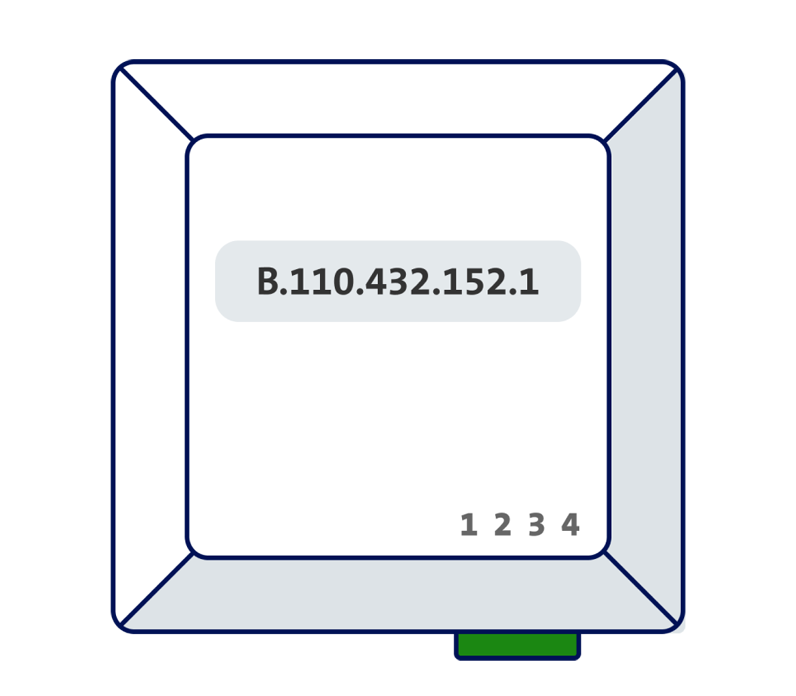More freedom for your digital projects
Would you like to use an additional fiber-optic socket to the existing socket in your home or business? Or do you require an internet-based service for a project elsewhere within your property?
With the new fiber-optic technology (FTTH Fiber to the Home), you benefit from internet speeds of up to 10 Gbit/s. You can access the ultra-fast fiber-optic network (FTTH) via a fiber-optic socket to cover your personal or business needs, such as fast surfing, fast downloads and the best TV experiences.
Additional fiber-optic socket
With an additional fiber-optic socket (special usage OTO), you can provide top notch internet for a variety of use cases such as a hobby room, a photovoltaic installation or your building control system. You decide where the additional fiber-optic socket is placed in consultation with the owner(s) of the property. Other technical requirements and individual requests can also be accommodated in addition to the examples already mentioned.
Order Requirements
Services and estimated costs
Estimated costs: 1 additional fiber-optic socket with 1 plug = approx. CHF 2,000, each additional plug an additional CHF 1,000
What is an optical fiber outlet (OTO)?
The fiber optic outlet or "OTO" (= Optical Telecommunications Outlet) is the optical interface between the end device and the ultra-fast fiber optic network.
Questions & answers

